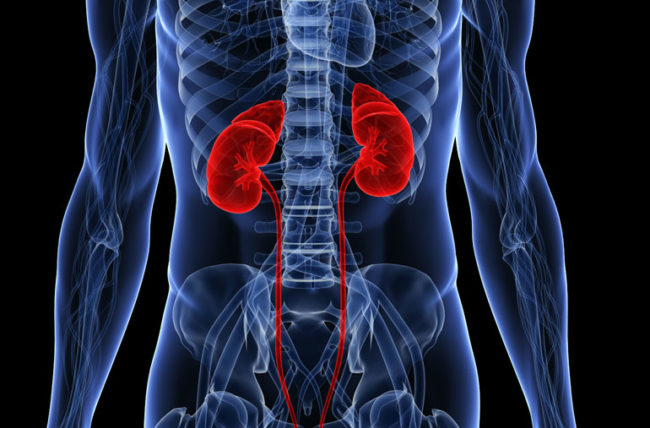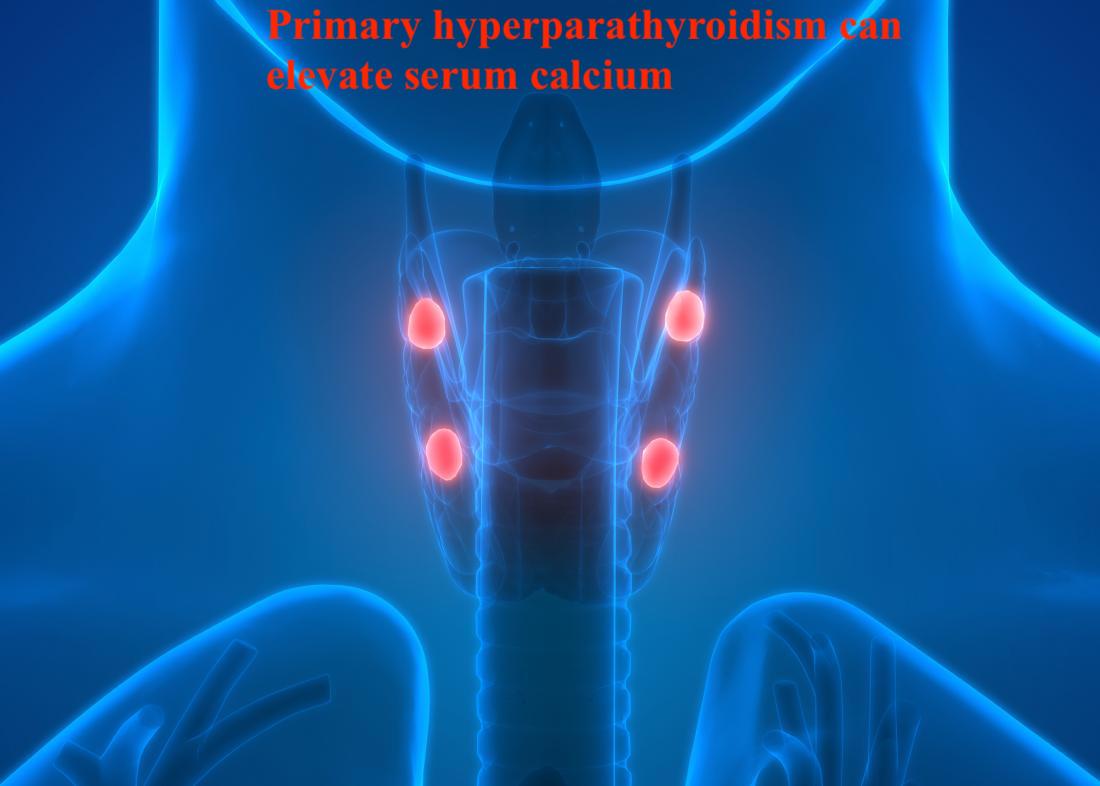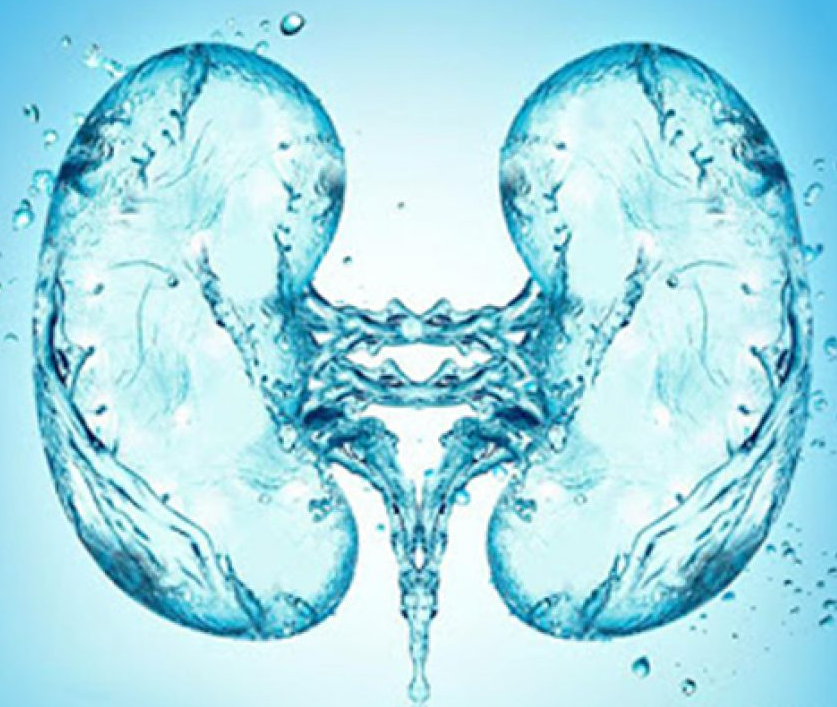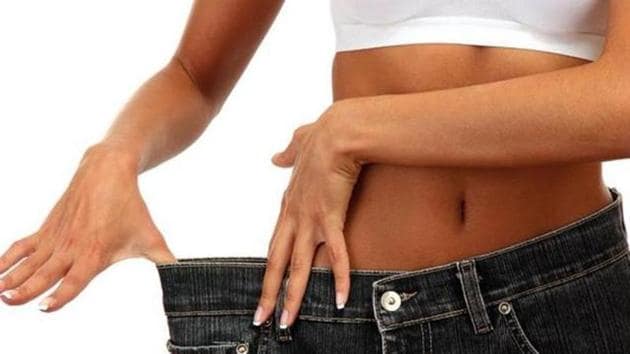
Kidney stones affect up to 5% of the population while its prevalence is associated with improved standards of living.1 Furthermore, kidney stone disease (KSD) is increasing in women across the age spectrum beginning as early as childhood.2 KSD also has associated risk factors to include obesity, gastrointestinal pathology, insulin resistance, warmer climates, use of medications, and selection of supplements.2(453) Several types of kidney stones exist with the most common types being calcium oxalate stones and calcium phosphate stones. As a means of appreciating KSD, the following will consider common biomarkers indicating its presence as well as solutions for mitigating the same.

One particular and useful biomarker is that of elevated serum calcium; such a metric can be insightful as it might suggest primary hyperparathyroidism (PHPT).2(458) PHPT is the third most common endocrine disorder (in Westernized societies) after diabetes and thyroid disorders.3 Left unchecked, PHPT can manifest into hypercalciuria (abnormally high urine calcium levels), nephracalcinosis (deposition of calcium in the kidneys), and nephrolithiasis (process of forming a stone)3(46) As such, when serum calcium is elevated, analyzing parathyroid hormone levels might also be a reasonable biomarker to consider.

Undercarboxylated Osteocalcin (UCOC) is another biomarker that can help provide insights behind kidney stone formation. Osteocalcin (OC) is an amino acid (formed by vitamin D and osteoblasts from bone) responsible for binding calcium and delivering the same to the bone matrix.4 Furthermore, OC plays a critical role in maintaining bone mineralization rates while inhibiting hydroxyapatite crystallization and cartilage mineralization.4(1) Other studies have indicated that OC might also be involved in the regulation of energy, and glucose and lipid metabolism.4(1) With regards to bone physiology, said processes requires the presence of vitamin K for the successful binding of calcium to osteocalcin. As such, high levels of undercarboxylated osteocalcin can indicate low levels of vitamin K, suggesting a deficiency.4(1)

Oxalate is a third marker that can help provide insights into kidney function. Oxalic acid is mainly known for its role in the formation of calcium oxalate kidney stones.5 Oxalic acid is a product of the glyoxylate pathway which is present in human tissues, and both diet and the intestinal flora contribute to the production of said acid. 5(335) Several foods contain high levels of oxalate such as beets, spinach, chocolate, tea, strawberries, and wheat bran; all of which can increase oxalate levels.5(335) Other markers to monitor oxalate production would include peroxisomal alanine-glyoxylate aminotransferase; low levels are associated with high oxalate (hyperoxaluria) levels.5(336)

Hydration status is another factor related to the cause, and progression of, kidney stones. Ferraro et al6a noted that adequate intake of fluids has been regarded as one of the primary interventions of treatment for stone disease; the researchers pointed to a randomized controlled trial on patients (at their first onset of an idiopathic calcium stone) that showed that increasing water intake to produce 2 litres of urine per day, or more, reduced the risk of recurrence at 5 years by approximately 55%.6(3) As such, dehydration can hinder the recovery from kidney stone clearance. Having considered the causes of kidney stones, the following will explore solutions for the same.

Increasing daily hydration is an effective protocol for some stone types and can be achieved through water, tea, fruit tea, and green tea.2(459) Furthermore, consuming at least 2 litres of water over 24 hours is also recommended with the use of lemon and/or carbonation to maintain pH levels.2(459) Avoidance of processed foods/sugary beverages, especially those rich in fructose, is another viable option as fructose consumption has been shown to increase risk of kidney stone formation by 38%.2(455)

Losing weight, especially if an individual is obese, is also associated with lowered risk of kidney stones; obese individuals inherently produce more inflammatory cytokines in their adipose tissue predisposing them to increased rates of uric acid stones, hyperuricemia, and hyperuricosuria.2(455) Reducing the consumption of oxalate-rich foods (spinach, bran flakes, beets, potato chips, French fries, nuts, and nut butters) may help reduce oxalic acid biomarkers.7 Furthermore, maintaining sodium levels at optimal ranges (i.e., less than 3000 mg/day) has been associated with kidney stone prevention, even more than reducing dietary calcium.7,8

In conclusion, kidney stones affect up to 5% of the population while its prevalence is associated with improved standards of living. Furthermore, kidney stone disease (KSD) is increasing in women across the age spectrum, beginning as early as childhood. Despite the prevalence of said condition, it is possible to inject simple, yet effective, solutions into individuals’ lifestyles. Such changes, as listed above, can help support the clearance of stones as well as helping reduce the formation of the same.
References
1. Parmar MS. Kidney stones. BMJ. 2004;328(453):1420-1424. doi: 10.1136/bmj.328.7453.1420.
2. Kohlstadt I. Advancing Medicine with Food and Nutrients. 2ndLondon, NY: CRC Press; 2012.
3. Misgar RA, Sehgal A, Masoodi SR, et al. A comparison between silent and symptomatic renal stones in primary hyperparathyroidism. Indian J Endocrinol Metab (Links to an external site.).2019;23(1):46-49. doi: 10.4103/ijem.IJEM_558_18.
4. Zhang M, Ni Z, Zhou W, et al. Undercarboxylated osteocalcin as a biomarker of subclinical atherosclerosis in non-dialysis patients with chronic kidney disease. J Biomed Sci. 2015;22(75):1-7. doi:10.1186/s12929-015-0183-6.
5. Lord RS, Bralley, JA. Laboratory Evaluations for Integrative and Functional Medicine. 2nded. Duluth, GA: Genova Diagnostics; 2012.
6. Ferraro PM, Vittori M, Macis G, et al. Changes in renal papillary density after hydration therapy in calcium stone formers. BMC Urol. 2018;18(1):1-5. doi:10.1186/s12894-018-0415-7.
7. Kidney Stones: Oxalate-Controlled Diet. Cleveland Clinic web site. https://my.clevelandclinic.org/health/articles/11066-kidney-stones-oxalate-controlled-diet Accessed February 4, 2020.
8. Seegar H, Kaelin A, Ferraro PM, et al. Changes in urinary risk profile after short-term low sodium and low calcium diet in recurrent Swiss kidney stone formers. BMC Nephrol. 2017;18(1):1-9. doi:10.1186/s12882-017-0755-7.
-Michael McIsaac
